15 Steps to a Prosperous New Year


"What can I do now to get my finances in better shape for the rest of the year?"
That’s a perennial New Year’s resolution—and one that’s easy to stick to. Here are 15 ways to improve your financial life in 2019, from making the most of tax breaks and protecting yourself from ID theft to making managing your money easier by automating financial tasks.

1. Save More in a Tax-Advantaged Account
You can contribute up to $19,000 to your 401(k), 403(b), 457 or the federal government’s Thrift Savings Plan in 2019, a $500 increase over the 2018 limit. Plus, you can add an extra $6,000 if you’re 50 or older. Even if you can’t afford to max out your contributions, try to contribute at least enough to collect any match from your employer—that’s free money—and boost your contributions if you get a raise in 2019. See 8 Steps for Your Annual 401(k) Checkup for more information about making the most of your 401(k) in 2019.
The contribution limits for IRAs also increased in 2019—for the first time since 2013—from $5,500 to $6,000. You can also sock away an extra $1,000 if you’re 50 or older. You don’t need to put the full amount in the IRA at one time. Instead, you can sign up to have some money transferred automatically from your bank account to your IRA every month. See Contribute More to Retirement Accounts in 2019 for more information about this year’s contribution limits for retirement plans and the income limits to qualify for a Roth IRA.
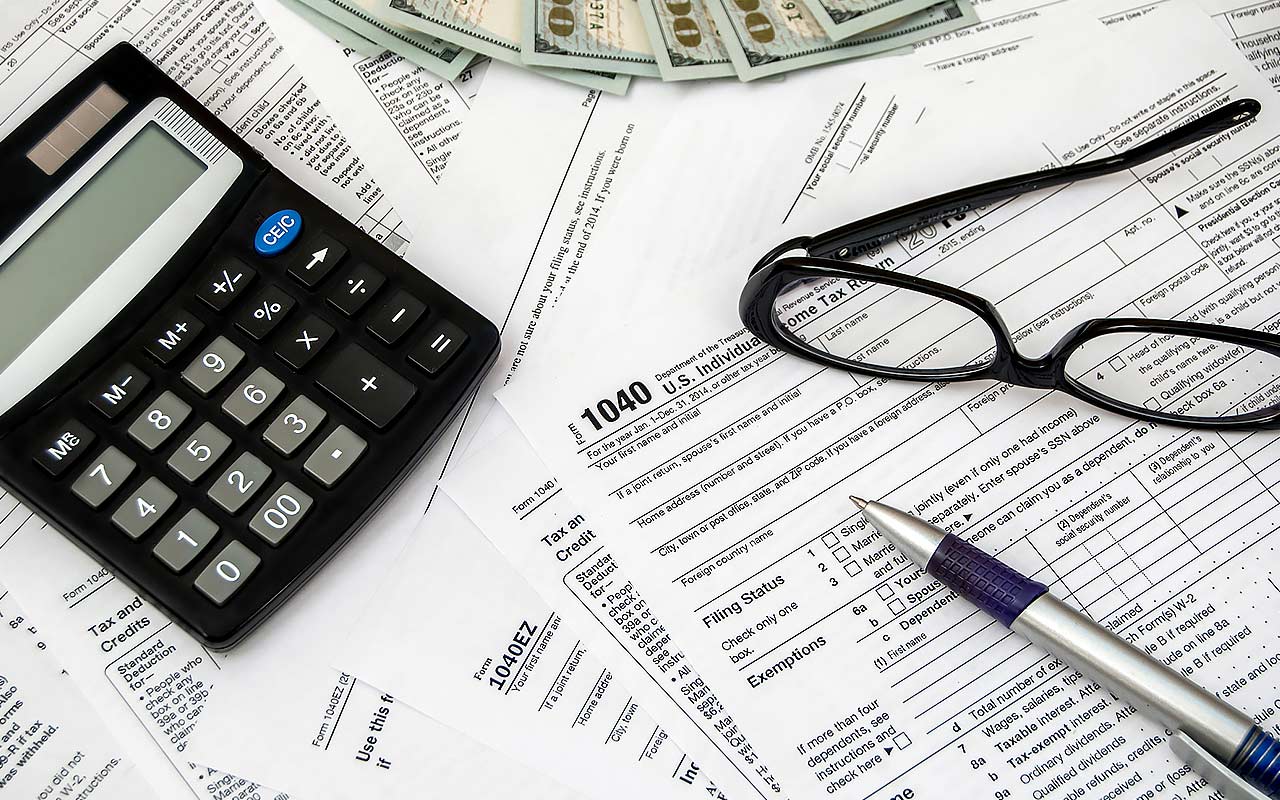
2. Gather Tax Documents to File Your 2018 Return ASAP
The tax filing season usually begins in late January, and by then you should have received the W-2s and 1099s you need to file your return. The earlier you file, the sooner you can get your refund—and the better you can protect yourself from tax ID thieves. After the tax filing deadline, you can toss many old tax records. The IRS generally has up to three years after the tax filing deadline to audit returns. See When It’s Safe to Shred Your Tax Records for more information about what to keep and what to toss.
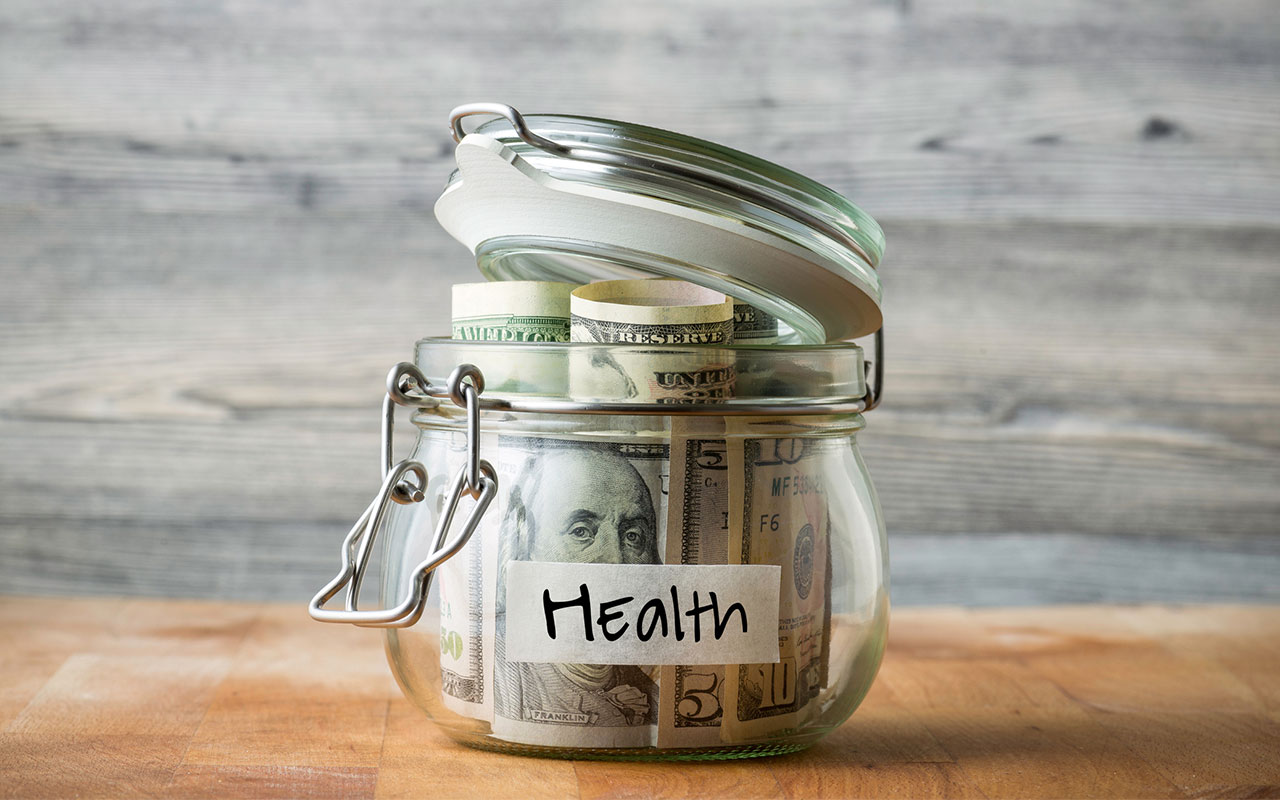
3. Get a Triple Tax Break from a Health Savings Account
If you have an HSA-eligible health insurance policy, you can contribute up to $3,500 to an HSA if you have single coverage or up to $7,000 for family coverage in 2019, plus an extra $1,000 if you’re 55 or older. (To be HSA-eligible, a policy must have a deductible of at least $1,350 for single coverage and $2,700 for family coverage.) Your contributions are tax-deductible (or pretax if made through your employer), the money grows tax-deferred, and withdrawals are tax-free for eligible medical expenses.
If your employer offers an HSA, that’s usually your best bet. Many employers make contributions to employees’ accounts. Otherwise, you can shop for an HSA administrator on your own. See Investing in an HSA? Better Shop Around for more information about choosing an account. Also see Health Savings Account Limits for 2019.

4. Use Up Your 2018 FSA Money If Your Employer Offers a Grace Period
If you have a health care flexible-spending account at work, you usually have to use all of the money in the account by the end of the year or lose it. But 37% of employers now offer a grace period ending on March 15 to use your 2018 money, according to the Society of Human Resource Management. Spend that money before it disappears, by scheduling appointments with your doctor, dentist or eye doctor; buying eyeglasses, prescription sunglasses, contact lenses or contact lens solution; and purchasing prescription drugs and drugstore items such as sunscreen with SPF 15 or higher. See New Rules for Your Flexible Spending Account for more information about eligible expenses.

5. Make the Most of Your Employer's Resources to Reduce Health Care Costs
Many employers have been expanding their wellness programs and sweetening the incentives to entice participation. New programs usually start on January 1. Find out if your employer is offering cash, health savings account contributions, gift cards or other perks if you sign up for a health assessment or biometric screening to measure cholesterol or blood pressure, participate in a fitness program, or reach certain health care goals. Your employer may also offer free or discounted gym memberships, smoking cessation or weight-loss programs, or access to a wellness coach, nutritionist or stress counselor. See How to Cash In on Your Good Health for more information.
Also see if your employer offers tools to help you compare medical expenses from providers in your area, save money on prescription drugs, search for in-network providers and make the most of your health insurance. See How to Save on Prescription Drugs for some resources and tools to help you save on drug costs.

6. Automate Your Regular Bills and Avoid Sneaky Fees
Having your regular bills paid automatically from your bank account makes you less likely to miss a payment and could even earn you a discount—especially for student loans, car and home insurance premiums, auto loans and mortgage payments. Also scour your bills for ways to avoid paying pesky fees. See How to Avoid Paying 17 Pesky Fees for more information.
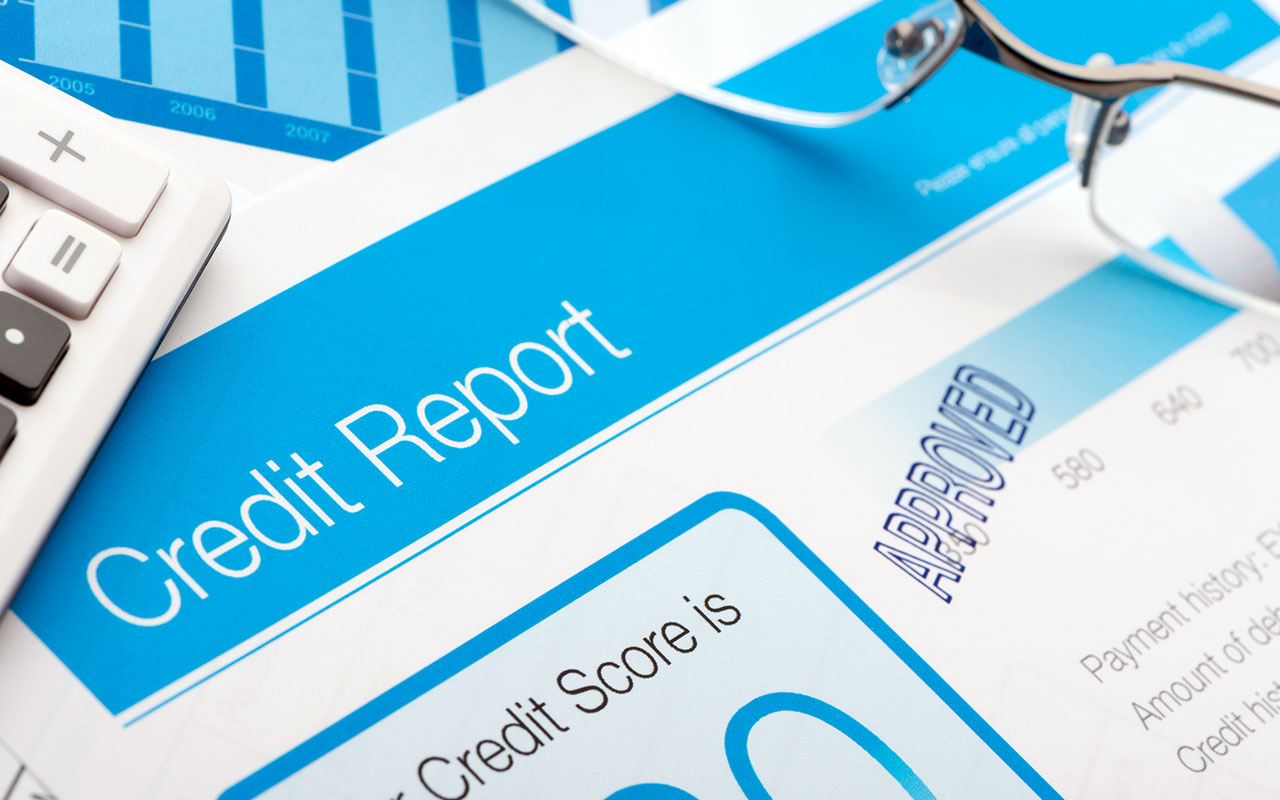
7. Check Your Credit Record
You can check your record at no cost every 12 months at each of the credit bureaus through www.annualcreditreport.com. Look for errors or suspicious activity. Even if you don’t plan to take out a loan anytime soon, your credit record or score can still affect your insurance rates in most states, as well as your ability to get a cell phone or apartment, your credit card offers and even your ability to get a job. See Best Places to Check Your Credit Reports and Scores For Free for more resources (and to avoid look-alike sites that charge hidden fees).

8. Consider Freezing Your Credit Record
In an era of data breaches, a credit freeze can be a smart way to protect yourself from ID theft. A credit freeze prevents new creditors from accessing your credit report, making it more difficult for ID thieves to take out new credit in your name. You’ll have to freeze your credit record with all three credit bureaus separately for this strategy to be effective, but a new law that took effect in September 2018 prohibited the credit bureaus from charging a fee to freeze your record or lift the freeze. See You Can Now Freeze—and Unfreeze—Your Credit Report for Free for more information.

9. Review Your Beneficiary Designations and Estate Plans
The beneficiaries you designate on your retirement accounts and life insurance will inherit that money when you die, no matter what your will says. So it’s essential to make sure those beneficiary designations are up-to-date. While you’re at it, review your basic estate-planning documents, including your will, health care proxy, living will, power of attorney and any trusts to make sure they’ve been updated for any life changes or tax-law changes. See Estate Planning: A Family Affair for more information about updating your estate plans.

10. Make Contact With Your Financial Institutions
Many states have changed their abandoned-property laws and are quicker to take over accounts. Now, many states will take over your account if a financial institution hasn’t heard from you for three or five years, even if your address hasn’t changed. Contact your financial institutions at least every three years just to let them know the account is active. See Dormant Accounts Pose a Risk for Buy-and-Hold Investors for more information.
It’s also a good time to check your state’s unclaimed property database to see if the state is holding any abandoned property in your name, which could be from dormant accounts or from checks that were not cashed or were returned in the mail. You can search for your state’s database at www.unclaimed.org. It’s also a good idea to search the database in every state where you have lived.
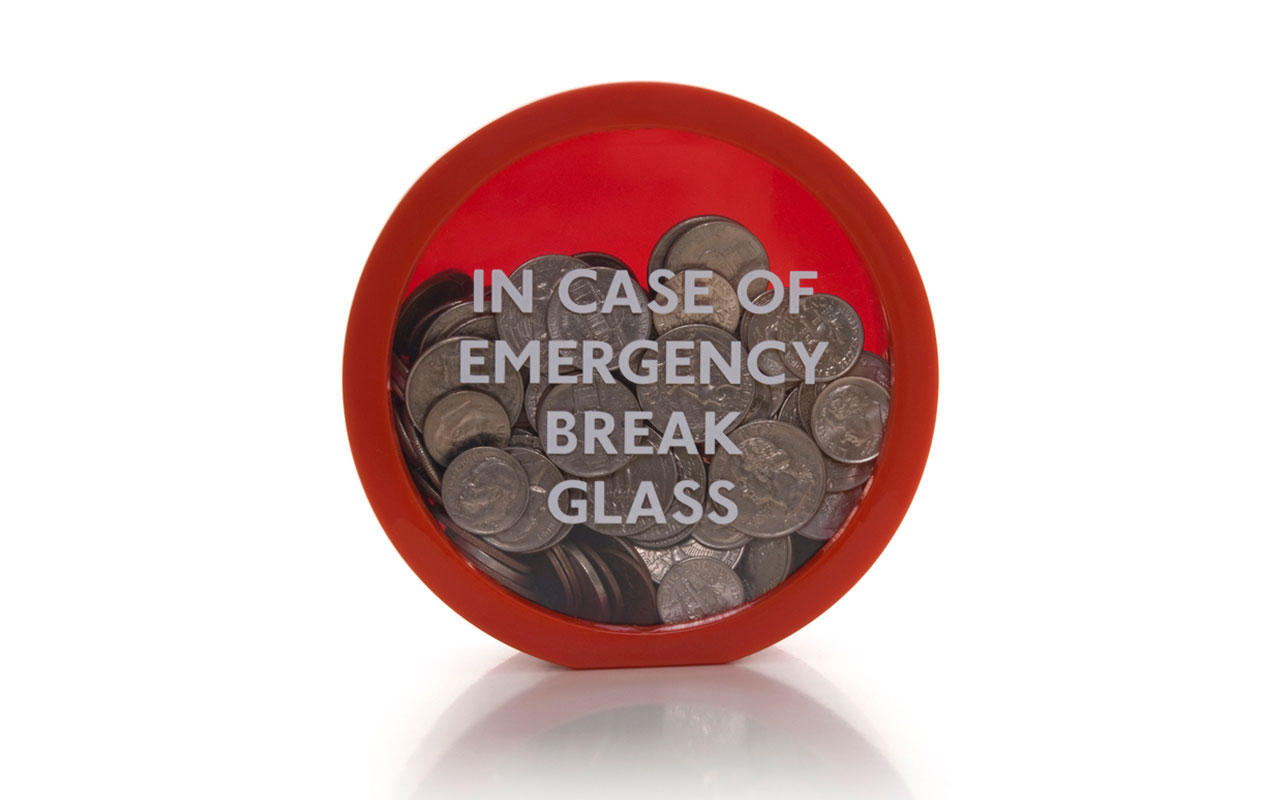
11. Replenish Your Emergency Fund
Most experts say you should keep at least six months’ worth of living expenses in a liquid account that you can tap in an emergency, but the specifics vary depending on your income, expenses and other sources of money. See How Much to Save for an Emergency for more information about calculating how much to set aside. If you had to spend money from your emergency fund over the past few years, start rebuilding the balance. See 7 Smart Ways to Build Your Emergency Fund for more information.

12. Take Advantage of Remaining Ways to Save for 2018
You have until April 15, 2019, to save up to $5,500 in a traditional or Roth IRA (or $6,500 if you’re 50 or older) for 2018. Depending on your income, your contributions to a traditional IRA could be tax-deductible. Or you could forgo a current tax break and contribute to a Roth IRA, from which withdrawals will be tax-free in retirement. See my column about the income and contribution limits for 2018. If you aren’t working but your spouse is, he or she can contribute to a spousal IRA in your name. And children who have any earned income from a job in 2018 can save in a Roth IRA, too, which can give them a huge head start on saving for the future (see Helping Young Workers Open a Roth IRA for more information).
If you had an HSA-eligible health insurance policy in 2018, you have until April 15, 2019, to make your 2018 contributions. (Your contributions will be prorated based on the number of months you had an HSA-eligible policy if you didn’t have an eligible policy in December 2018). See How Much Families Can Contribute to a Health Savings Account. And some states give you until April 15, 2019, to make tax-deductible contributions to a 529 college-savings plan for 2018. See Deadlines for 529 College-Savings Plans.

13. Make a Charitable-Giving Plan for the Year
Now that the standard deduction has doubled, fewer people will be filing an itemized tax return, which means they won’t be able to deduct their charitable contributions. It’s not too early to develop your charitable-giving strategy for 2019. If you’re unlikely to itemize, consider ways other than writing a check to a charity to get tax benefits for charitable gifts, such as making a tax-free transfer from your IRA to charity. (People who are 70½ or older can give up to $100,000 tax-free from their IRA to charity each year, which counts as their required minimum distribution but isn’t included in their adjusted gross income.) See The Rules for Making a Tax-Free Donation from an IRA for more information.
Or you may want to stagger your donations, making multiple gifts in a single year so you qualify for a charitable deduction and taking the standard deduction in years you don’t make gifts. Also consider opening a donor-advised fund; you can make a larger (tax-deductible) contribution in one year but have an unlimited amount of time to decide which charities to support with money from the fund. See Charitable Giving Under the New Tax Law for more information about these strategies.
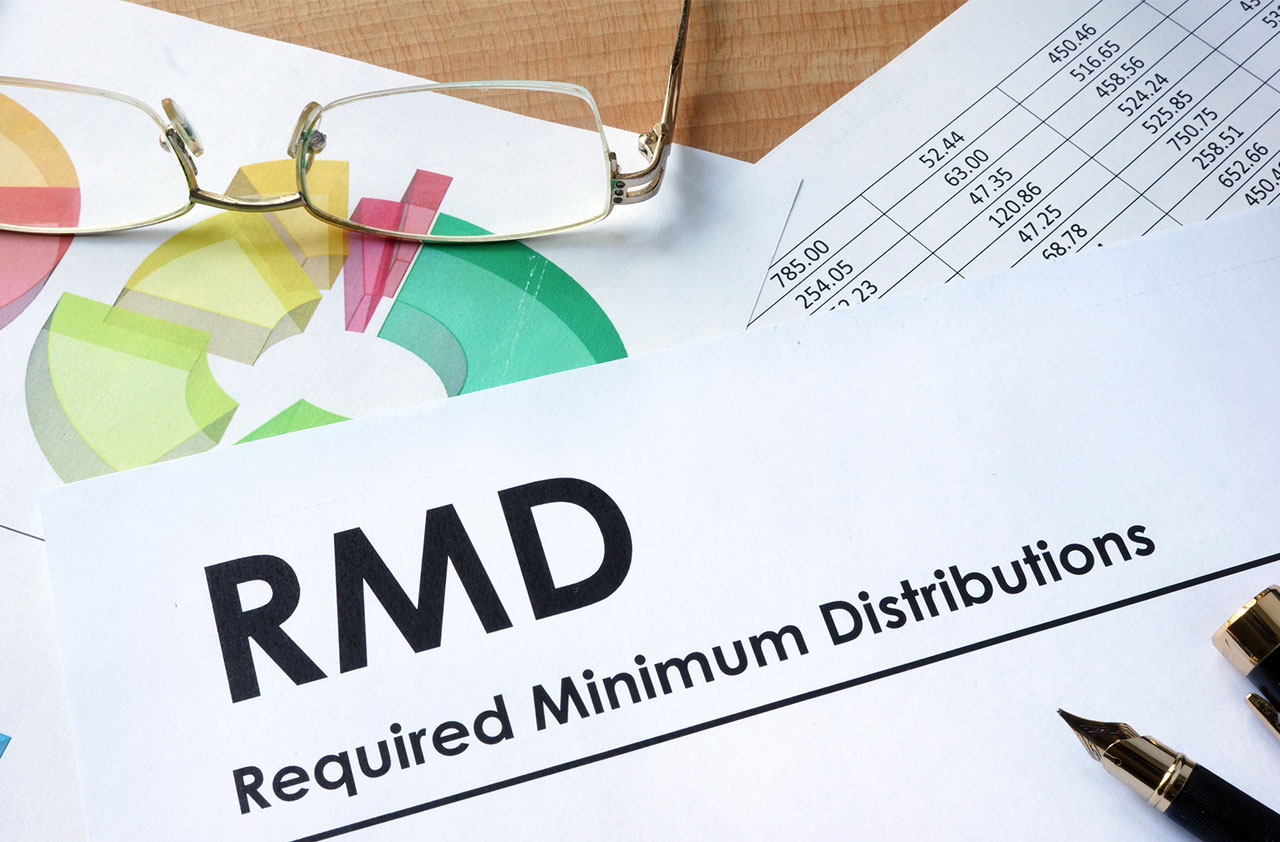
14. Make a Plan for Your 2019 RMDs
If you are over age 70½, you must take required minimum distributions from your IRAs and 401(k)s every year. (You can delay taking RMDs from your current employer’s 401(k) if you are still working.) You generally have until December 31 to take the withdrawal (or April 1 of the following year for your first RMD). The required distribution for 2019 is determined by your balance as of December 31, 2018, and an IRS life-expectancy factor based on your age. You can use our RMD calculator to figure out how much you must withdraw.
Also talk with your IRA administrator about your options. You may be able to have the money sent to you automatically each month or quarter or by a certain date, or you can take the money whenever you want on your own. You might also opt to give some or all of the RMD to charity. See 10 Smart Steps to Minimize Taxes and Penalties on Your RMDs.

15. Assess Your Progress
At least once a year, it’s a good idea to add up your assets and likely retirement income to determine whether your savings are on track to reach your retirement goals. If you’re falling short, get on track by making some adjustments, such as boosting savings, downsizing or moving to a less-expensive area, cutting spending or working longer. See Countdown to Retirement for more information.
Get Kiplinger Today newsletter — free
Profit and prosper with the best of Kiplinger's advice on investing, taxes, retirement, personal finance and much more. Delivered daily. Enter your email in the box and click Sign Me Up.

As the "Ask Kim" columnist for Kiplinger's Personal Finance, Lankford receives hundreds of personal finance questions from readers every month. She is the author of Rescue Your Financial Life (McGraw-Hill, 2003), The Insurance Maze: How You Can Save Money on Insurance -- and Still Get the Coverage You Need (Kaplan, 2006), Kiplinger's Ask Kim for Money Smart Solutions (Kaplan, 2007) and The Kiplinger/BBB Personal Finance Guide for Military Families. She is frequently featured as a financial expert on television and radio, including NBC's Today Show, CNN, CNBC and National Public Radio.
-
 The AI Doctor Coming to Read Your Test Results
The AI Doctor Coming to Read Your Test ResultsThe Kiplinger Letter There’s big opportunity for AI tools that analyze CAT scans, MRIs and other medical images. But there are also big challenges that human clinicians and tech companies will have to overcome.
By John Miley Published
-
 The Best Places for LGBTQ People to Retire Abroad
The Best Places for LGBTQ People to Retire AbroadLGBTQ people can safely retire abroad, but they must know a country’s laws and level of support — going beyond the usual retirement considerations.
By Drew Limsky Published
-
 What to Do With Your Tax Refund: 6 Ways to Bring Growth
What to Do With Your Tax Refund: 6 Ways to Bring GrowthUse your 2024 tax refund to boost short-term or long-term financial goals by putting it in one of these six places.
By Rachael Green Published
-
 What Does Medicare Not Cover? Eight Things You Should Know
What Does Medicare Not Cover? Eight Things You Should KnowHealthy Living on a Budget Medicare Part A and Part B leave gaps in your healthcare coverage. But Medicare Advantage has problems, too.
By Donna LeValley Published
-
 12 Great Places to Retire in the Midwest
12 Great Places to Retire in the MidwestPlaces to live Here are our retirement picks in the 12 midwestern states.
By Stacy Rapacon Published
-
 10 Cheapest Small Towns to Live In
10 Cheapest Small Towns to Live InThe cheapest small towns might not be for everyone, but their charms can make them the best places to live for plenty of folks.
By Dan Burrows Published
-
 15 Reasons You'll Regret an RV in Retirement
15 Reasons You'll Regret an RV in RetirementMaking Your Money Last Here's why you might regret an RV in retirement. RV-savvy retirees talk about the downsides of spending retirement in a motorhome, travel trailer, fifth wheel or other recreational vehicle.
By Bob Niedt Published
-
 The Cheapest Places To Retire in the US
The Cheapest Places To Retire in the USWhen you're trying to balance a fixed income with an enjoyable retirement, cost of living is a crucial factor to consider.
By Stacy Rapacon Published
-
 The Six Best Places to Retire in New England
The Six Best Places to Retire in New Englandplaces to live Thinking about a move to New England for retirement? Here are the best places to land for quality of life, affordability and other criteria.
By Stacy Rapacon Last updated
-
 13 Smart Estate Planning Moves
13 Smart Estate Planning Movesretirement Follow this estate planning checklist for you (and your heirs) to hold on to more of your hard-earned money.
By Janet Kidd Stewart Last updated
